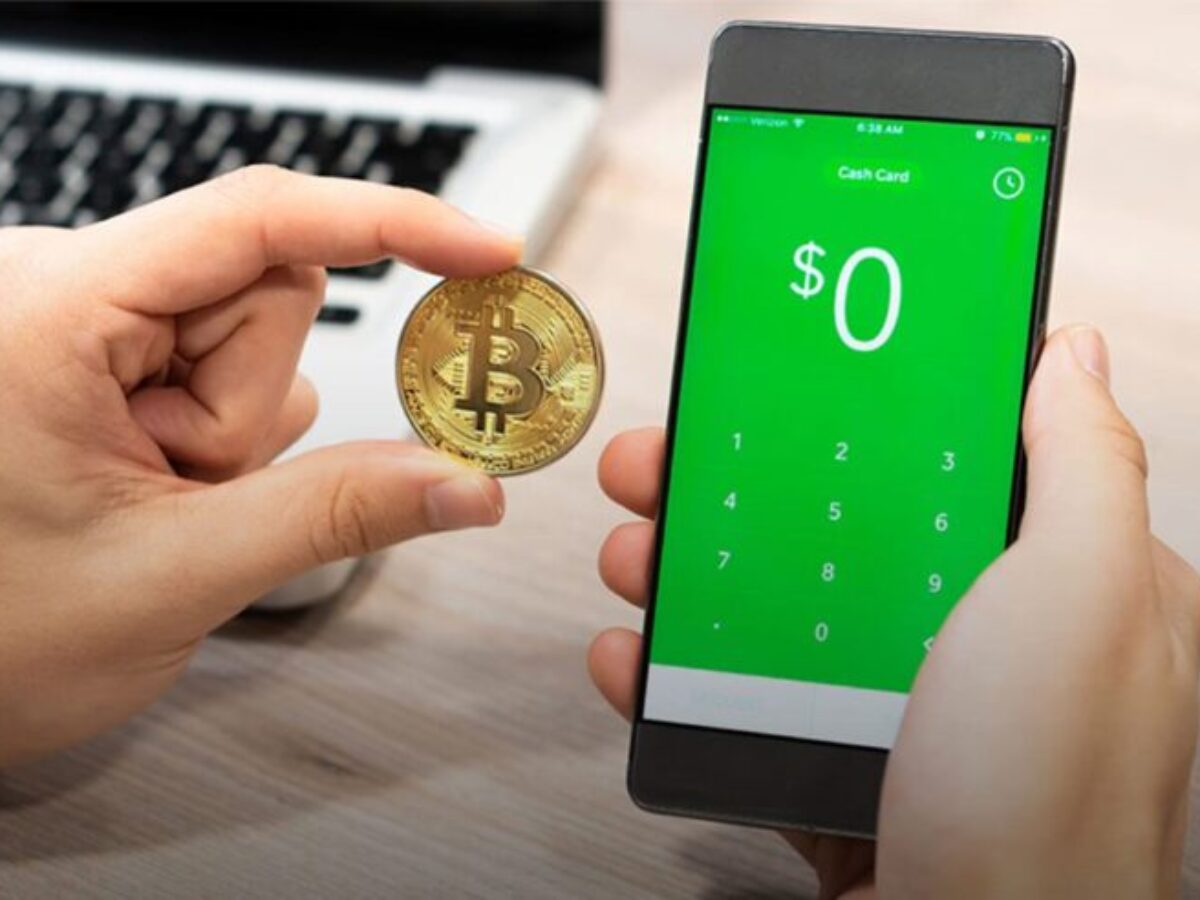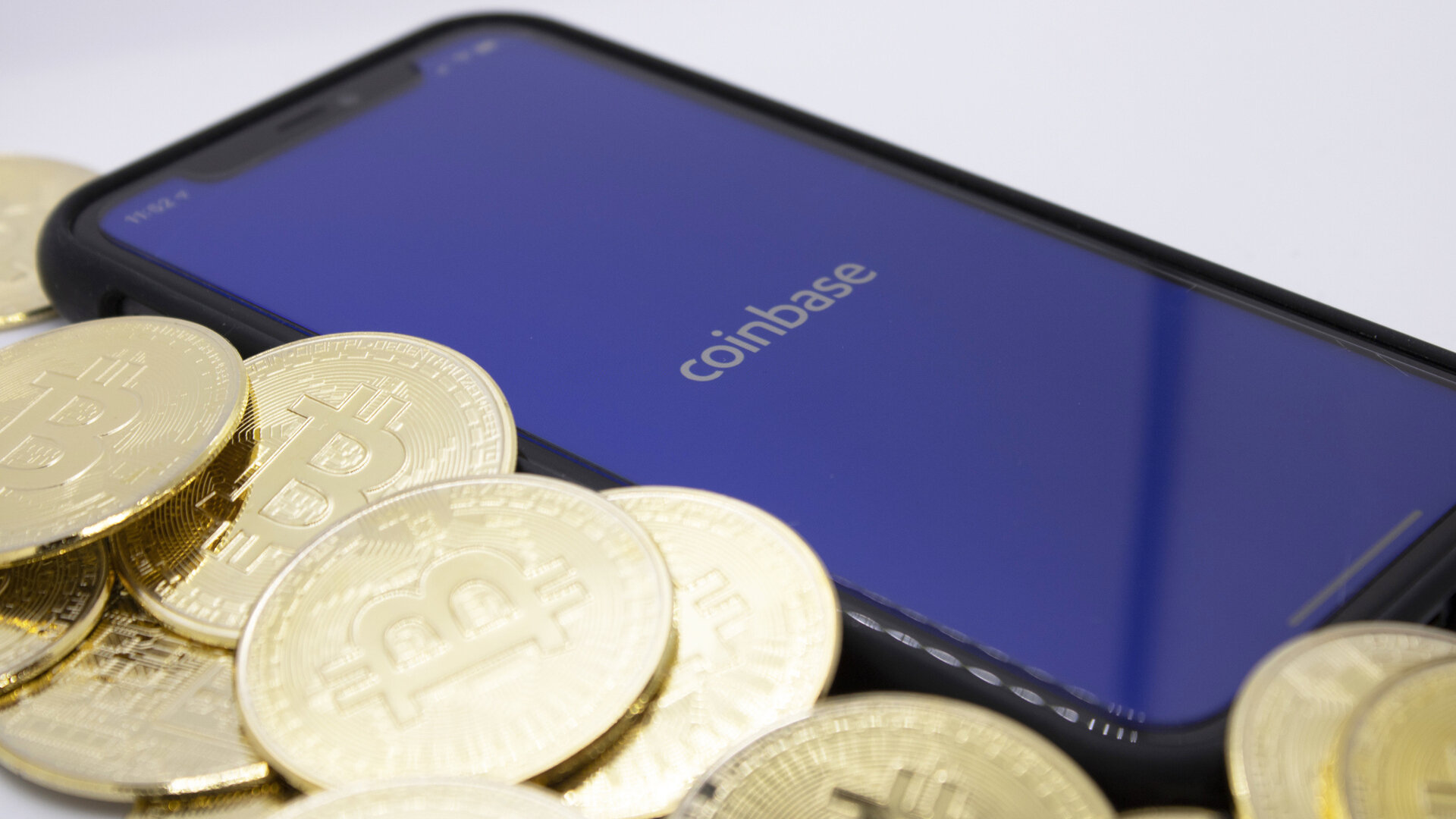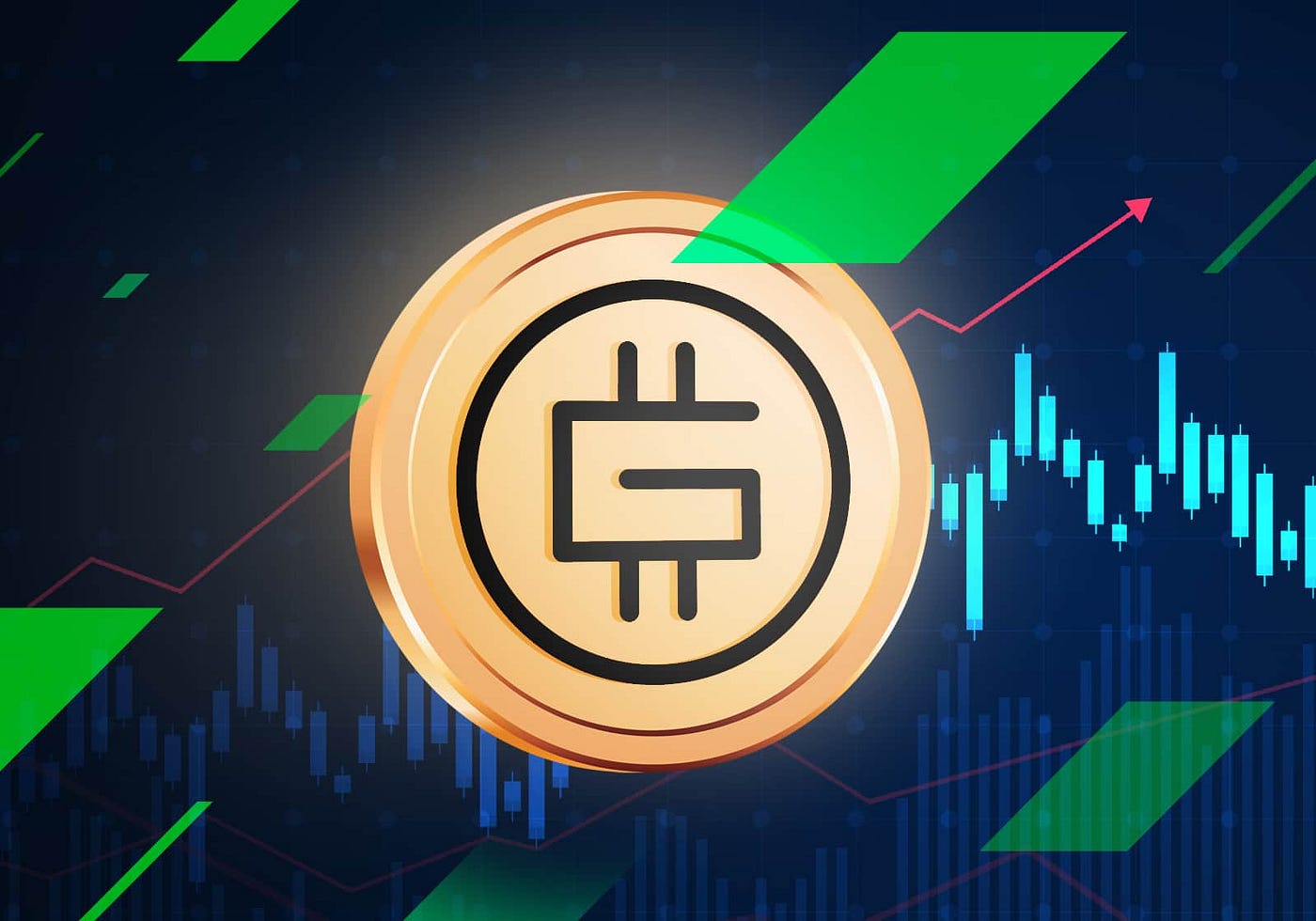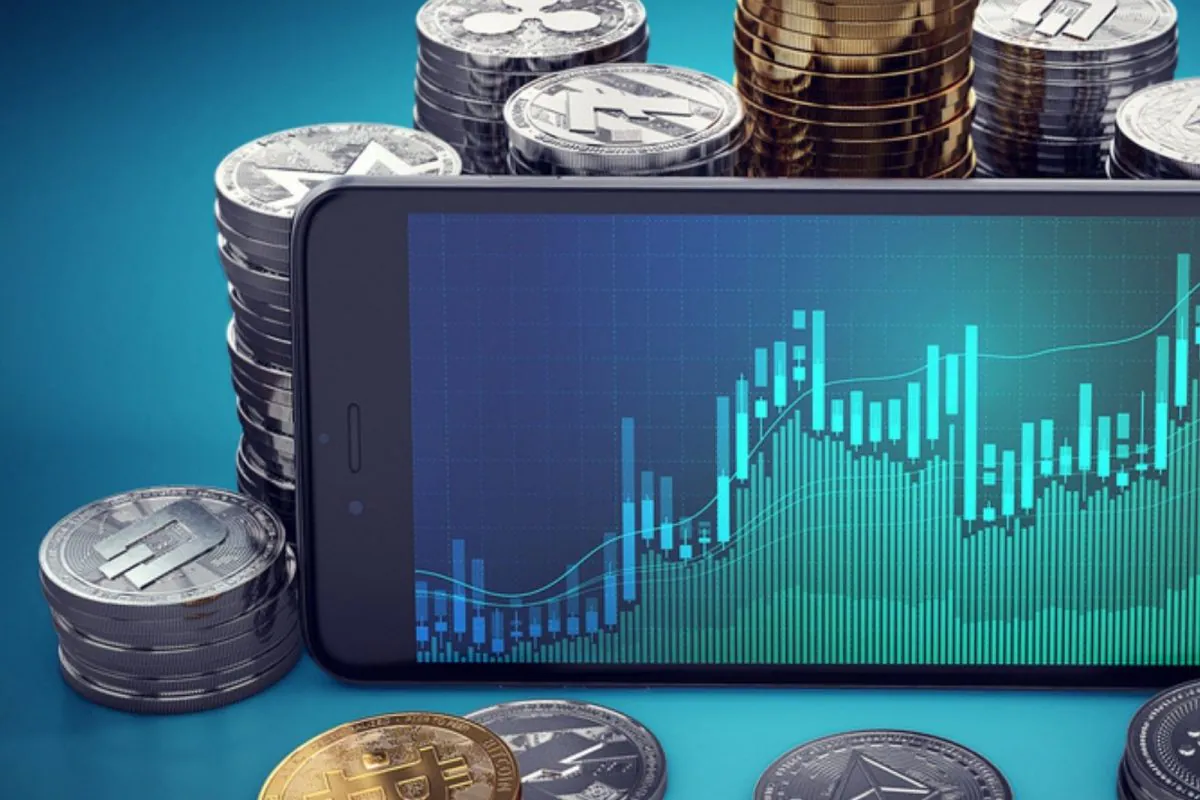Introduction
Welcome to the world of cryptocurrency! If you’ve been exploring the exciting possibilities of blockchain technology and have acquired some digital assets, you may be wondering how to transfer them to your bank account. This guide will walk you through the steps, ensuring a smooth and secure process.
The first thing you’ll need is a cryptocurrency wallet to store your digital assets. A wallet acts as a secure digital vault where you can safely store and manage your cryptocurrencies. Once you have a wallet set up, you’ll need to connect it to a cryptocurrency exchange – a platform where you can buy, sell, and trade cryptocurrencies. The exchange will facilitate the conversion of your digital assets into fiat currency, such as dollars or euros, which can then be transferred to your bank account.
In order to transfer funds from your cryptocurrencies to your bank account, there are a few necessary steps to follow. This includes linking your bank account to the exchange, verifying your identity, and initiating a withdrawal. While the process may seem daunting at first, once you understand the steps involved, it becomes a straightforward process.
Throughout this guide, we will explain each step in detail, providing you with the knowledge and confidence to successfully transfer your cryptocurrencies to your bank account. Let’s dive in and get started!
Step 1: Set up a wallet
The first step in transferring your cryptocurrencies to your bank account is to set up a cryptocurrency wallet. A wallet is a software or hardware device that allows you to securely store and manage your digital assets. There are several types of wallets available, each with its own benefits and security features.
If you’re new to cryptocurrency, a good starting point is to create a software wallet. Software wallets are easy to set up and can be accessed through your computer or smartphone. Examples of popular software wallets include Exodus, MyEtherWallet, and Trust Wallet. These wallets often provide a user-friendly interface, making it easy for beginners to manage their digital assets.
To set up a software wallet, you’ll typically need to visit the wallet provider’s website and follow the instructions for creating a new wallet. This may involve creating a secure password, generating a mnemonic phrase (a sequence of words used for wallet recovery), and agreeing to the wallet provider’s terms and conditions.
Once your wallet is set up, you’ll be provided with a unique wallet address. This address is similar to a bank account number and is used to send and receive cryptocurrencies. It’s important to keep your wallet address secure and to never share it with anyone you don’t trust.
For enhanced security, consider using a hardware wallet. Hardware wallets are physical devices that store your private keys offline, providing an extra layer of protection against hackers and malware. Popular hardware wallets include Trezor and Ledger. To set up a hardware wallet, you’ll need to follow the instructions provided by the manufacturer.
After setting up your wallet, it’s important to back up your wallet’s private key or mnemonic phrase. This backup will allow you to restore your wallet if you ever lose access to it. Store your backup in a safe and secure location, such as a password-protected USB drive or a hardware wallet specifically designed for backup purposes.
By setting up a wallet, you’ve taken the first step towards transferring your cryptocurrencies to your bank account. In the next step, we’ll explore how to connect your wallet to a cryptocurrency exchange.
Step 2: Connect your wallet to an exchange
After setting up your cryptocurrency wallet, the next step is to connect it to a cryptocurrency exchange. A cryptocurrency exchange is a platform that allows you to buy, sell, and trade cryptocurrencies. By connecting your wallet to an exchange, you’ll be able to transfer your digital assets from your wallet to the exchange in preparation for the withdrawal to your bank account.
There are numerous cryptocurrency exchanges available, each with its own set of features, fees, and supported cryptocurrencies. Some popular exchanges include Coinbase, Binance, and Kraken. When choosing an exchange, it’s important to consider factors such as security, user interface, customer support, and the availability of the cryptocurrencies you wish to trade.
To connect your wallet to an exchange, you’ll typically need to follow these steps:
- Create an account on the exchange: Visit the exchange’s website and sign up for an account. This usually involves providing an email address, creating a strong password, and agreeing to the exchange’s terms and conditions.
- Verify your account: Depending on the exchange, you may need to verify your identity. This could involve uploading identification documents such as a passport or driver’s license. Verification helps prevent fraud and ensures compliance with regulatory requirements.
- Access your wallet address: Once your account is set up and verified, navigate to the “wallet” or “deposit” section of the exchange. Here, you’ll find your wallet address for the specific cryptocurrency you want to transfer.
- Connect your wallet: In your cryptocurrency wallet, look for the option to connect or link your wallet to an exchange. This may involve scanning a QR code or manually entering your exchange wallet address.
- Authorize the connection: After entering the necessary details, authorize the connection between your wallet and the exchange. This step ensures that your wallet can communicate securely with the exchange.
Once your wallet is successfully connected to the exchange, you’ll be able to transfer your digital assets from your wallet to the exchange. This transfer will allow you to proceed with converting your cryptocurrencies into fiat currency and initiating a withdrawal to your bank account.
Now that you’ve connected your wallet to an exchange, let’s move on to the next step: verifying your identity on the exchange.
Step 3: Verify your identity on the exchange
Verifying your identity on the cryptocurrency exchange is an important step to ensure the security of your account and comply with regulatory requirements. By verifying your identity, you’ll gain access to higher transaction limits and additional features on the exchange.
The exact process and requirements for identity verification may vary depending on the exchange you are using. However, the general steps are as follows:
- Access the verification page: Once logged into your exchange account, navigate to the settings or account verification section. Look for an option related to identity verification or KYC (Know Your Customer).
- Provide personal information: The exchange will typically request personal information such as your full name, date of birth, and residential address. Ensure that the information you provide matches the details on your identification documents.
- Upload identification documents: To verify your identity, you’ll need to upload scanned copies or clear photos of your identification documents. The required documents may include a passport, driver’s license, or government-issued ID card. Make sure that the documents are valid and not expired.
- Take a selfie: Some exchanges may require you to take a selfie while holding your identification document. This step helps to verify that the document belongs to you and is not being used fraudulently.
- Submit the verification request: Once you have provided all the necessary information and uploaded the required documents, submit the verification request. The exchange will review your information and documents to confirm your identity.
- Wait for verification: The verification process can take anywhere from a few minutes to several days, depending on the exchange and the volume of pending requests. During this time, it’s important to be patient and avoid making any unauthorized transactions.
It’s worth noting that some exchanges may have different levels of identity verification, each with its own set of requirements. The higher the verification level, the higher the transaction limits and access to advanced features.
Verifying your identity on the exchange is crucial for maintaining the security of your account and complying with legal regulations. Once your identity is verified, you’ll be able to proceed with linking your bank account to the exchange, which we’ll explore in the next step.
Step 4: Link your bank account to the exchange
Linking your bank account to the cryptocurrency exchange is a necessary step to facilitate the transfer of funds between your exchange account and your bank. By establishing this connection, you’ll be able to convert your cryptocurrencies into fiat currency and initiate a withdrawal to your bank account.
The process for linking a bank account may vary depending on the exchange you’re using, but here are the general steps involved:
- Access the account settings: Log in to your exchange account and navigate to the account settings or profile section.
- Select “Link Bank Account”: Look for an option to link or add a bank account. This may be located under the “Payment Methods” or “Bank Accounts” section.
- Choose your bank: Select your bank from the list of supported banks. If your bank is not listed, the exchange may provide alternative options, such as manual bank transfers or linking via your debit card.
- Enter your bank account details: Provide the required information for your bank account, including your account number, routing number, and account type (e.g., checking or savings).
- Confirm your bank account: Depending on the exchange, you may need to verify your ownership of the bank account. This can be done through various methods, such as microdeposits or submitting bank statements.
- Secure the connection: Once your bank account is linked, it’s important to enable any additional security measures provided by the exchange, such as two-factor authentication or setting up a strong password.
Linking your bank account to the exchange allows for seamless transfer of funds between your cryptocurrency holdings and your fiat currency. It’s important to note that each exchange may have different policies and requirements regarding bank account linking. Be sure to read and understand the specific instructions provided by the exchange you’re using.
With your bank account successfully linked to the exchange, you’re now ready to transfer your cryptocurrencies from your wallet to the exchange, which we’ll explore in the next step.
Step 5: Transfer your cryptocurrency to the exchange
Now that you have set up a wallet, connected it to an exchange, verified your identity, and linked your bank account, it’s time to transfer your cryptocurrency from your wallet to the exchange. This step is crucial in preparing your digital assets for conversion into fiat currency and eventual withdrawal to your bank account.
Here are the general steps involved in transferring your cryptocurrency to the exchange:
- Access the wallet section of the exchange: Log in to your exchange account and navigate to the wallet or deposit section. Here, you will find the relevant wallet addresses for the supported cryptocurrencies.
- Copy your exchange wallet address: Locate the wallet address for the specific cryptocurrency you want to transfer. Click on the “Copy Address” button or manually copy the wallet address.
- Open your wallet: Go back to your cryptocurrency wallet application or website. Find the option to send or transfer your chosen digital assets.
- Enter the exchange address: Paste the exchange wallet address you copied in the previous step into the recipient address field of your wallet. Double-check to ensure the address is accurate.
- Specify the amount: Enter the amount of cryptocurrency you want to transfer to the exchange. Make sure to take note of any minimum or maximum limits imposed by the exchange.
- Confirm the transaction: Review the details of the transfer, including the destination address and amount. Once you are confident that everything is correct, initiate the transaction.
- Wait for confirmation: Depending on the cryptocurrency and network congestion, it may take some time for the transfer to be confirmed on the blockchain. Be patient and monitor the progress using the transaction ID provided by your wallet.
It’s important to follow these steps carefully to ensure a successful transfer of your cryptocurrency to the exchange. Double-checking the wallet address and amount will help prevent any mistakes and potential loss of funds. Additionally, be aware of any network fees associated with the transfer, as these can vary depending on the cryptocurrency being sent.
Once your cryptocurrency transfer has been confirmed on the blockchain, the funds will be reflected in your exchange account. You can now proceed to convert your cryptocurrency into fiat currency, which we will explore in the next step.
Step 6: Convert your cryptocurrency to fiat currency
With your cryptocurrency transferred to the exchange, the next step is to convert it into fiat currency. This conversion allows you to sell your digital assets and receive traditional money, such as dollars, euros, or any other supported fiat currency. Here’s how you can convert your cryptocurrency to fiat currency:
- Select the trading pair: On the exchange platform, navigate to the trading section and choose the trading pair that matches your cryptocurrency and the desired fiat currency. For example, if you have Bitcoin and want to convert it to US dollars, select the BTC/USD trading pair.
- Place a sell order: Enter the amount of cryptocurrency you want to sell and specify the price at which you want to sell it. You can choose to sell your cryptocurrency at the current market price or set a limit order with a specific price target.
- Execute the trade: Once you’ve entered your sell order, review the details and confirm the trade. The exchange will match your sell order with available buyers, and the transaction will be executed.
- Monitor the trade: After executing the trade, keep an eye on the transaction status and ensure that it completes successfully. Depending on market conditions and liquidity, the trade may be executed instantly or take some time to be fulfilled.
- Verify the received fiat currency: Once the trade is completed, you will have fiat currency credited to your exchange account. Double-check the balance to confirm that the correct amount has been deposited.
It’s important to note that the price of cryptocurrencies can be volatile, so the amount of fiat currency you receive may vary based on market fluctuations. Make sure to consider this aspect and set realistic expectations when converting your cryptocurrency.
Keep in mind that cryptocurrency exchanges may charge fees for trading transactions. These fees may vary depending on the exchange and the trading volume. It’s advisable to review the fee structure of the exchange to understand the costs associated with converting your cryptocurrency to fiat currency.
Once your cryptocurrency has been successfully converted to fiat currency, the final step is to initiate a withdrawal to your linked bank account, which we will explore in the next step.
Step 7: Initiate a withdrawal to your bank account
Now that you have converted your cryptocurrency into fiat currency on the exchange, it’s time to initiate a withdrawal and transfer the funds to your bank account. This step allows you to access your converted funds in traditional currency form, ready to be used for everyday expenses or further financial transactions.
Follow these steps to initiate a withdrawal to your bank account:
- Navigate to the withdrawal section: Log in to your exchange account and find the withdrawal or funds transfer section. This may be located under the “Bank Account,” “Withdraw,” or “Funds” tab.
- Select your bank account: Choose the bank account that you previously linked to the exchange. Ensure that the selected account is correct, as mistaken selections could result in the funds being sent to the wrong account.
- Enter the withdrawal amount: Specify the amount of funds you wish to withdraw from your exchange account to your bank account. Make sure to consider any minimum or maximum limits imposed by the exchange.
- Review the withdrawal details: Double-check the withdrawal details, including the amount requested and the destination bank account. Confirm that all information is accurate and that you are comfortable with the transaction.
- Initiate the withdrawal: Once you are satisfied with the details, confirm the withdrawal. The exchange will process your request and initiate the transfer of funds to your bank account.
- Verify the transfer status: After initiating the withdrawal, keep an eye on the transfer status. The exchange will typically provide updates on the progress of the transfer, including estimated timelines for completion.
It’s important to be aware that the processing time for bank withdrawals can vary depending on the exchange and your bank’s policies. While some transfers may be completed within a few business days, others may take longer, especially if they involve international transfers.
As you wait for the funds to be deposited into your bank account, remain vigilant and monitor your bank account for any incoming transfers. If you encounter any delays or issues, reach out to the exchange’s customer support for assistance.
With your withdrawal initiated, you’re nearing the end of the process. In the next step, we’ll discuss the importance of verifying the deposit in your bank account.
Step 8: Wait for the transfer to be completed
After initiating the withdrawal from the cryptocurrency exchange to your bank account, it’s time to exercise patience and wait for the transfer to be completed. The duration of the transfer can vary depending on factors such as the exchange’s processing time and your bank’s policies.
Here are a few things to keep in mind while waiting for the transfer to be completed:
1. Processing time: The exchange will typically provide an estimated processing time for the withdrawal. However, it’s important to understand that this is just an estimate and may vary depending on various factors. It’s advisable to monitor the progress and reach out to customer support if you have any concerns or encounter any unexpected delays.
2. Bank processing time: Once the exchange has processed the withdrawal, it will take some time for the funds to reach your bank account. The specific processing time can vary depending on your bank’s policies and procedures. It’s essential to be aware that weekends, holidays, and international transfers may incur additional delays.
3. Monitor your bank account: Regularly monitor your bank account for any incoming funds. Depending on your bank’s notification system, you may receive an email or SMS notification once the funds have been deposited. Cross-reference the deposited amount with the withdrawal amount you initiated on the exchange to ensure accuracy.
4. Stay in touch with customer support: If you encounter any issues or concerns during the waiting period, don’t hesitate to reach out to the exchange’s customer support. They can provide updates on the status of your withdrawal or assist you with any questions you may have.
Remember that the transfer time can vary between different exchanges and banks, so it’s important to remain patient during this stage. In the following step, we’ll discuss the final step of the process – verifying the deposit in your bank account.
Step 9: Verify the deposit in your bank account
Once the transfer from the cryptocurrency exchange to your bank account is completed, it’s crucial to verify the deposit. Verifying the deposit ensures that the funds have been successfully transferred and credited to your bank account. Here’s what you need to do:
- Check your bank account statement: Log in to your online banking account or review your monthly bank statement to verify the deposit. Look for the specific amount you requested to withdraw from the exchange.
- Verify the currency and amount: Ensure that the deposited funds match the fiat currency you chose to withdraw from the cryptocurrency exchange. Additionally, double-check the amount to confirm that it aligns with the withdrawal request.
- Allow for bank processing time: Depending on your bank, it may take some time for the deposited funds to be reflected in your account. Take into consideration the bank’s processing time, especially if the deposit is made over a weekend or during a holiday.
- Contact customer support if needed: If you notice any discrepancies or have concerns about the deposited amount, reach out to your bank’s customer support for clarification and assistance.
Verifying the deposit ensures the successful completion of the withdrawal process. It provides peace of mind, confirming that the funds have been securely transferred from the cryptocurrency exchange to your designated bank account.
It’s important to note that banks may have different processing times for deposits, and delays can occur, especially during busy periods. If you don’t see the deposit in your bank account within a reasonable time frame, don’t hesitate to contact your bank’s customer support for assistance.
Once you’ve confirmed the deposit in your bank account, you can freely use the funds for your financial needs or further transactions. Remember to keep track of any applicable tax obligations related to the withdrawal of funds from cryptocurrency trading.
With the deposit successfully verified, you have completed the final step of the process. Congratulations on successfully transferring your cryptocurrency to your bank account!
Conclusion
Congratulations! You have successfully navigated the process of transferring your cryptocurrency to your bank account. By following the steps outlined in this guide, you have ensured a smooth and secure transition of your digital assets into traditional fiat currency.
Throughout this process, you learned how to set up a cryptocurrency wallet, connect it to an exchange, verify your identity, link your bank account, transfer your cryptocurrency, convert it to fiat currency, initiate a withdrawal, wait for the transfer to be completed, and finally, verify the deposit in your bank account.
It’s important to note that the specific steps and procedures may vary depending on the cryptocurrency exchange and your bank’s policies. It’s always advisable to carefully read and follow the instructions provided by the platforms you are using.
In addition, remember to stay vigilant and keep your security in mind throughout the entire process. Safeguard your wallet, use strong passwords, enable two-factor authentication, and be cautious of potential phishing attempts or fraudulent activities.
As the cryptocurrency landscape continues to evolve, it’s important to stay updated with the latest trends, regulations, and security practices. Keep learning, exploring, and expanding your knowledge in this exciting field.
Whether you plan to use the funds for everyday expenses, investments, or any other financial purposes, you now have the ability to easily transfer your cryptocurrency to your bank account and make them accessible in the traditional financial system.
Remember, patience and careful attention to detail are key throughout this process. By following the steps outlined in this guide, you can confidently navigate the world of cryptocurrency and enjoy the benefits of converting your digital assets into fiat currency.
Now that you’ve successfully completed the process, you have the flexibility to utilize your funds in various ways. Enjoy the convenience and financial possibilities that come with the integration of cryptocurrency and traditional banking!

























